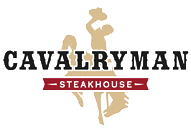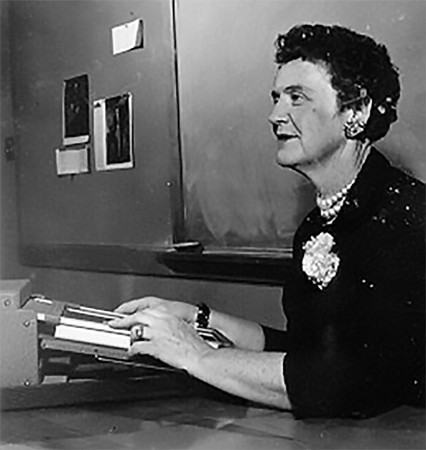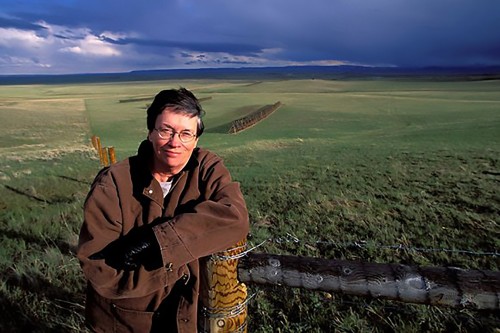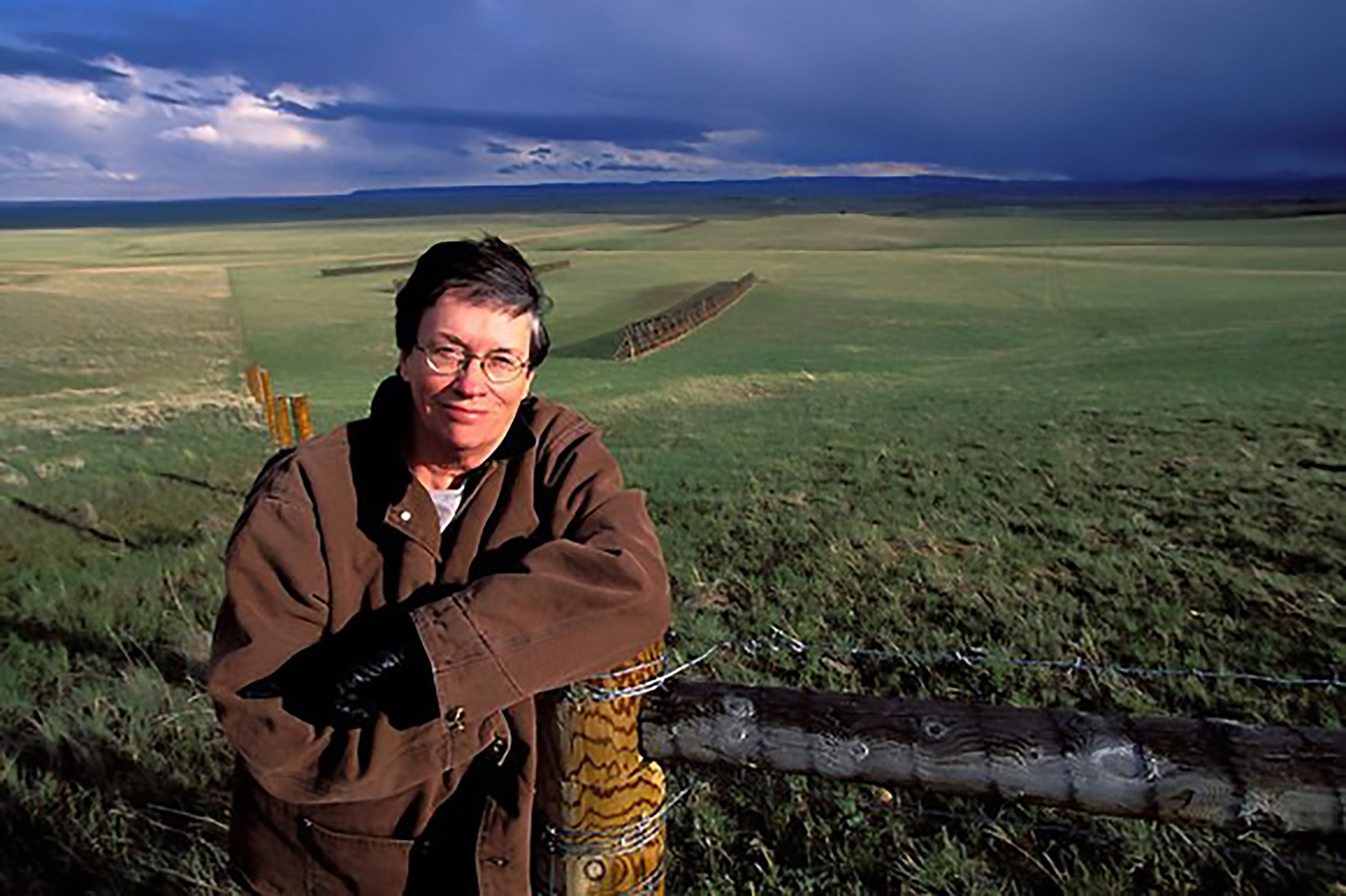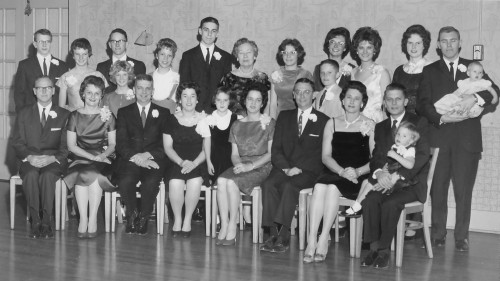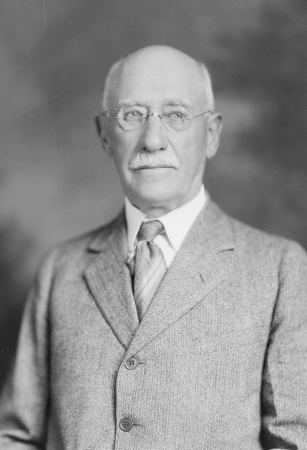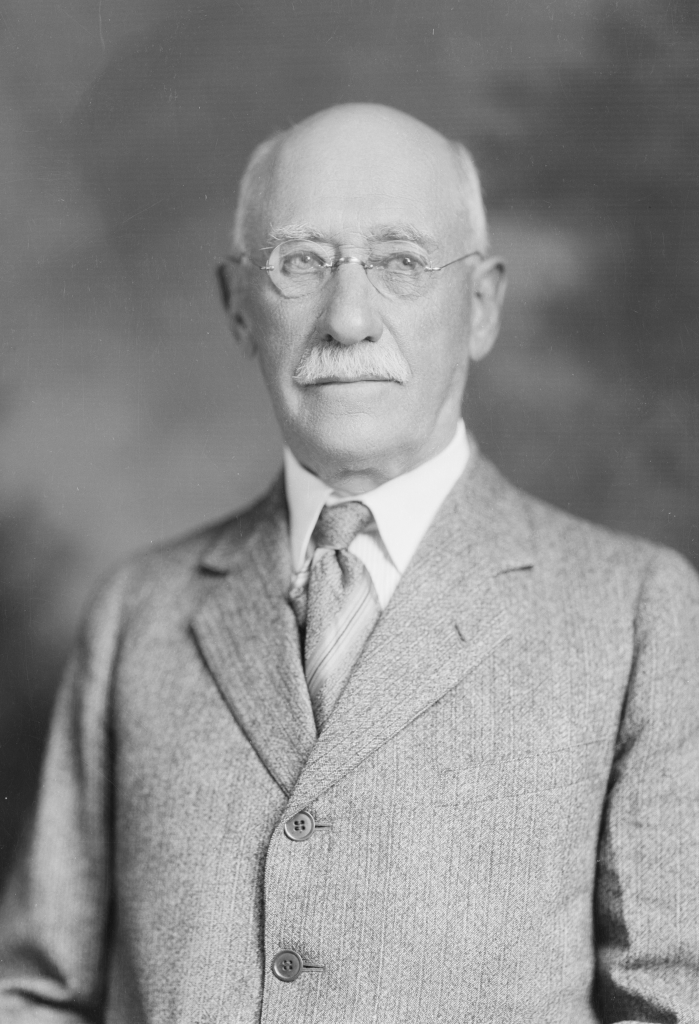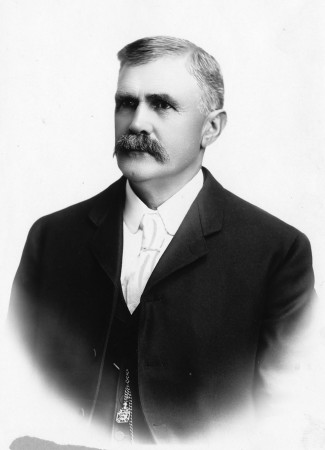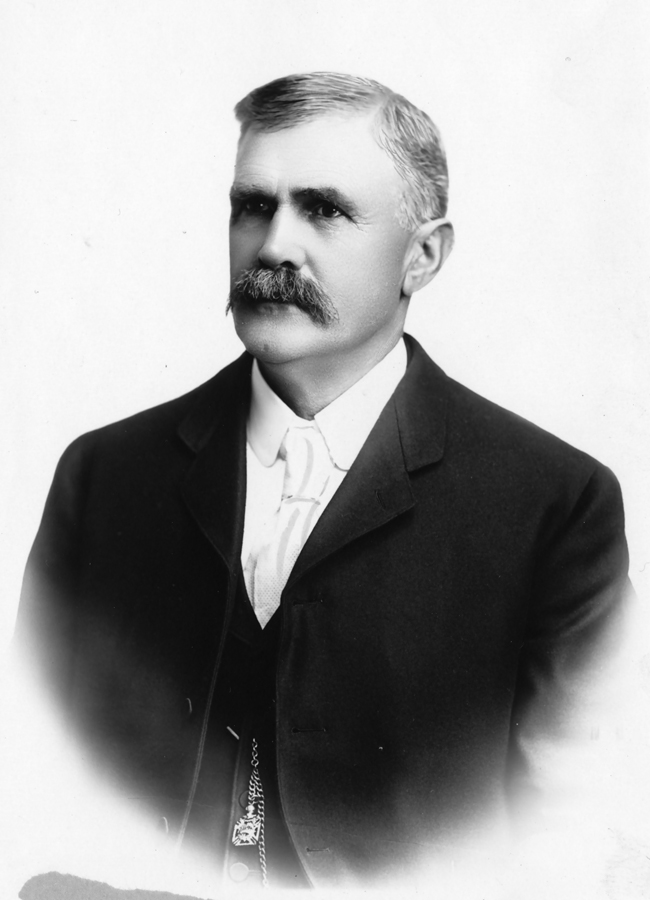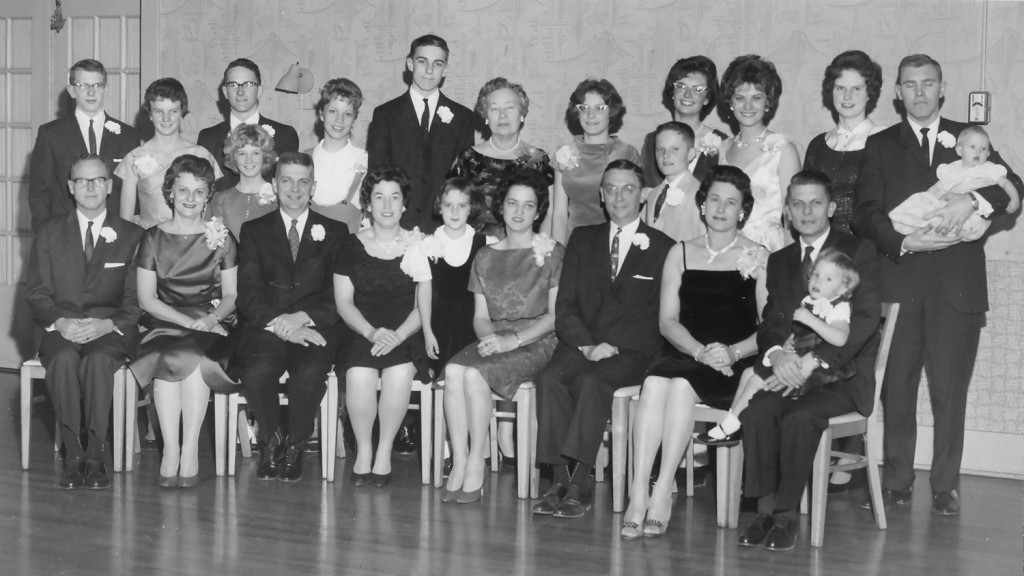
Celebrations were the norm at the Laramie Country Club. Families and organizations often gathered at the Cavalryman Steakhouse as they still do today.
A joint celebration of wedding anniversaries was held at the Laramie Country Club in 1962 for the Hitchcock and Mullens families.
Pictured front row, left to right: Glenn Mullens, Elinor Hitchcock Mullens, Clinton Hitchcock, Edna Hitchcock, Elinor June Hitchcok (standing between Elinor and Chottie) Chottie Hitchcock, David Hitchcock, Betty (Holliday) Hitchcock, and Eliot Hitchcock holding his grand-daughter, Pamela Holliday.
Back row, left to right: Jim Mullens, Ann Mullens, Dave Mullens, Becky Hitchcock (in front of Dave), Barbara Hitchcock, Dennis Hitchcock, Verna J. Hitchcock, Judy Hitchcock, Ruth Hitchcock, Bill Hitchcock (in front of Ruth), Sue Hitchcock, Lois Holliday and Frank Holliday holding Marcie Holliday.
Eliot, David, Clinton, and Elinor are the Children of Wilbur A. Hitchcock and Gladys Corthell Hitchcock. They all graduated from the University of Wyoming and lived in Laramie most of their lives. Eliot and Clinton were architects like their father Wilbur, operating as Hitchcock and Hitchcock Architects. Elinor married Glenn Mullens who was a Professor of Engineering at the University of Wyoming and structural engineer for Hitchcock and Hitchcock Architects. After Glady Corthell Hitchcock’s untimely death in 1925, Wilbur married Verna J. Hitchcock in 1930. He was killed in a tragic car accident on their honeymoon and Verna stayed and raised the children with help from extended family. Verna had a distinguished career in home economics and served as Head of the Department at UW.
PHOTO SOURCE
Boelter, Ann Mullen, Photo and information used with the courtesy of Ann Mullen Boelter, member of the Family.
History of Cavalryman Steakhouse
Cavalryman Steakhouse is located on the parade grounds of historic Fort Sanders, established in July of 1866. Originally named Fort Buford, for Major General John Buford, the post was designated Fort Sanders on September 5, 1866, in honor of Brigadier General William P. Sanders. In its heyday, the Fort Sanders Military Reservation protected the Overland and Lodgepole Creek emigrant routes, the Denver-Salt Lake City stage route, and the construction crews for the Union Pacific Railroad.
The post headquarters were laid out according to standard military plans around a parade ground some 400 ft. by 200 ft. in size. Troops from Companies A and F of the Third Battalion, 18th Infantry, and Company G of the 2nd Cavalry salvaged logs from the decommissioned Forts Collins and Halleck to build the barracks and kitchens, as well as the officers’ quarters on the southeastern side of the parade grounds.
Ruins of the Fort’s powder keg are visible just southwest of the restaurant’s main building. The Cavalryman Steakhouse building was built in 1925 to serve as the clubhouse for the local country club. Just to the east, remnants of the nine-hole golf course can still be found, with the pro shop building still standing just to the southeast.
On March 1, 1970, Robert & Betty Gerard founded the Cavalryman Supper Club in its present location. Cavalryman Steakhouse quickly became known as a great western steakhouse. Marion Griffin and various partners owned and operated the restaurant from 1975 to 2005. In January 2006, a group of investors purchased the restaurant with the intent of honoring its rich tradition while modernizing the restaurant concept. In December 2012, the local managing partner acquired the business and revitalized this historic steakhouse.
Resources
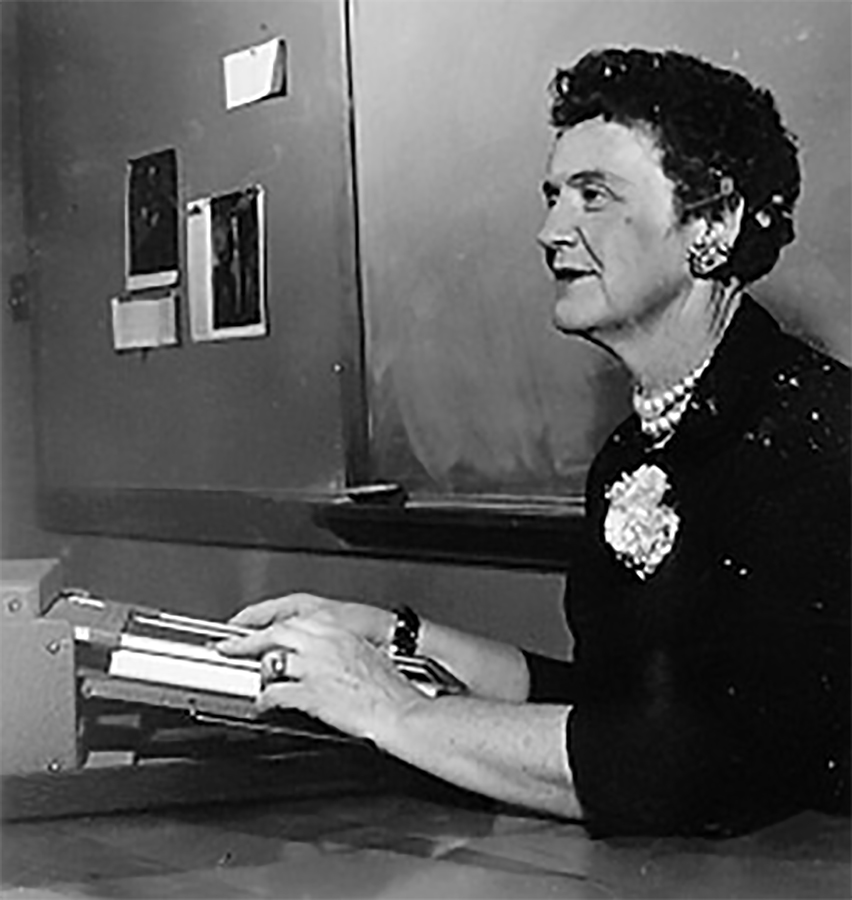 Verda James was the first woman to serve a full term as Speaker of the Wyoming House of Representatives during the 1969-1970 sessions.
Verda James was the first woman to serve a full term as Speaker of the Wyoming House of Representatives during the 1969-1970 sessions.